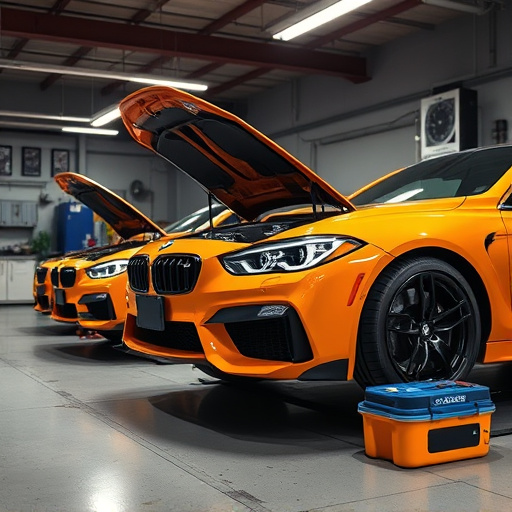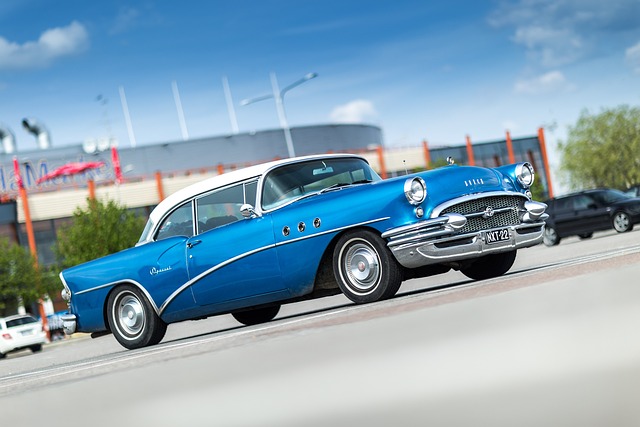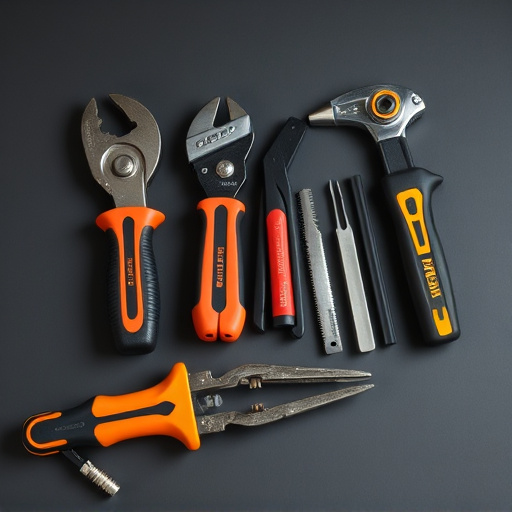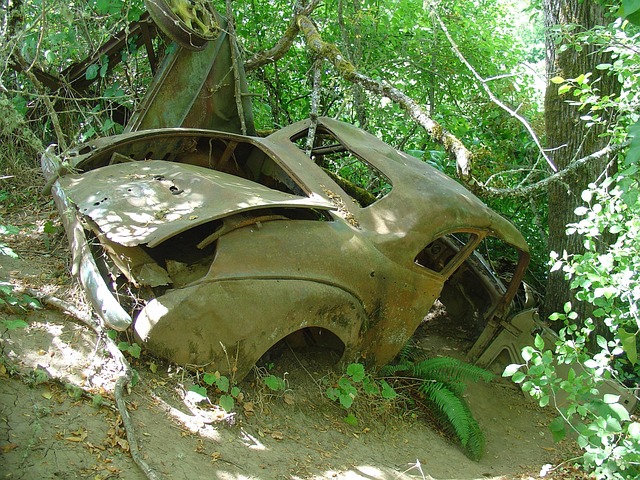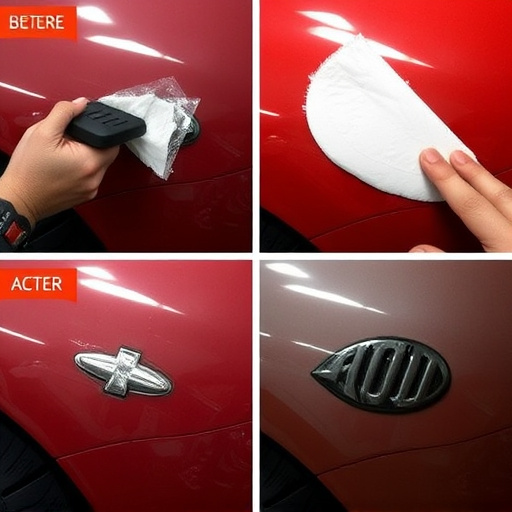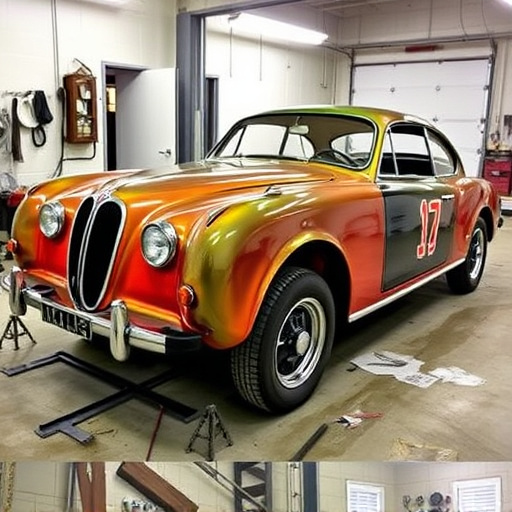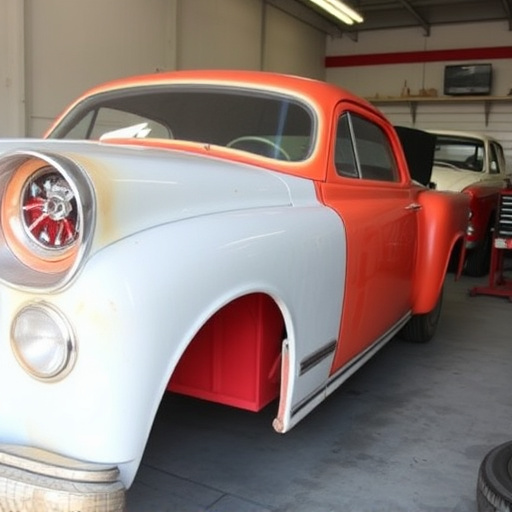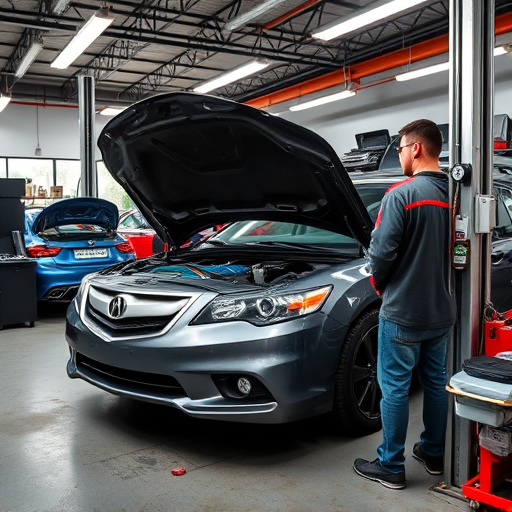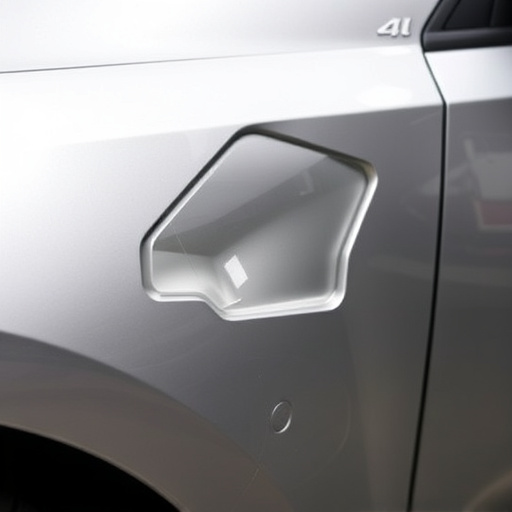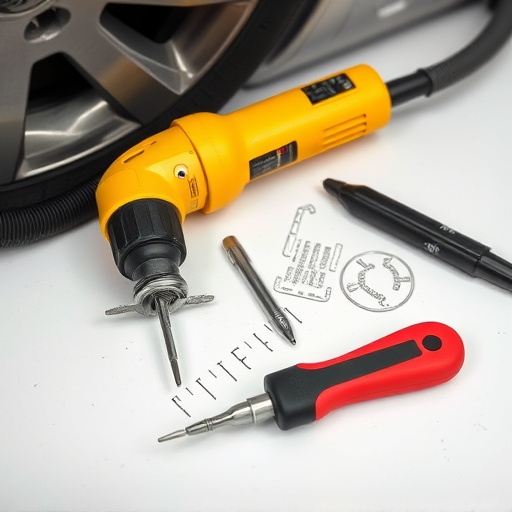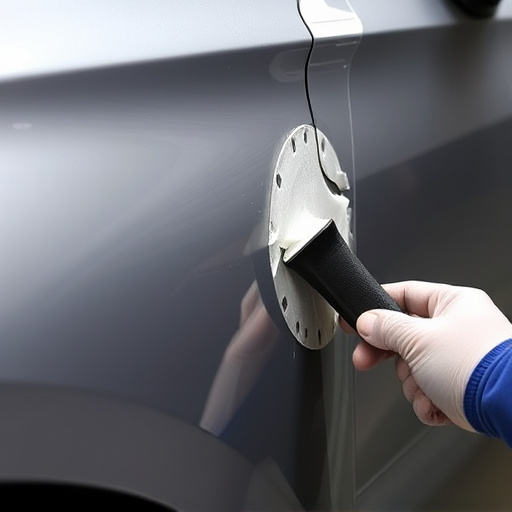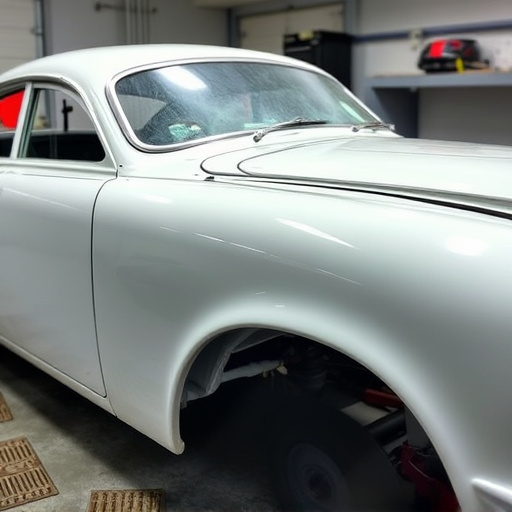Collision repairs offer structural and cosmetic paths. Structural fixes maintain vehicle safety by repairing frames, while cosmetic repairs enhance appearance through dent fixes and paintwork without impacting structure. Both require skilled craftsmanship, with reputable shops delivering top-notch quality through advanced tools, color matching tests, standardized procedures, and pre/post-repair inspections.
In the realm of collision repair, distinguishing between structural and cosmetic fixes is paramount to ensuring safety and aesthetics. This article explores the nuances of these repairs, focusing on enhancing repair craftsmanship quality. We delve into understanding the differences, implementing rigorous assessment methods, and adopting innovative strategies to elevate the overall repair craftsmanship quality. By examining each aspect, from precision measurement techniques to advanced repair techniques, we empower professionals to deliver exceptional results.
- Understanding Structural vs. Cosmetic Collision Repairs
- Measuring and Assessing Craftsmanship Quality
- Strategies for Enhancing Repair Craftsmanship Quality
Understanding Structural vs. Cosmetic Collision Repairs
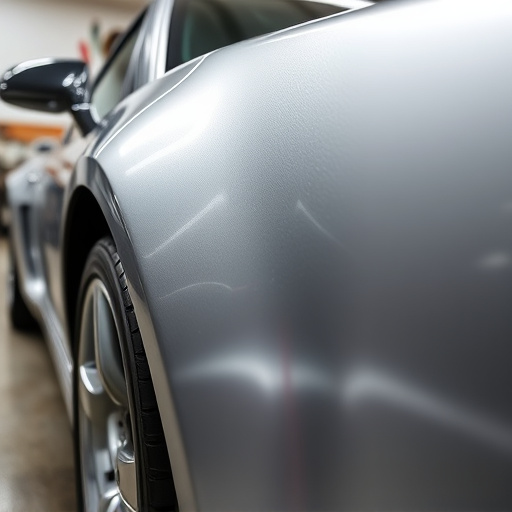
Collision repairs can be broadly categorized into two main types: structural and cosmetic. Structural repairs involve fixing or replacing components that bear the weight or support the vehicle’s structure, such as the frame, chassis, or unibody. These repairs are crucial for maintaining the safety and integrity of the vehicle. On the other hand, cosmetic repairs focus on enhancing the appearance of the car’s exterior without affecting its structural soundness. This includes fixing dents, scratches, cracks, and damaged paintwork. While both types of repairs require skilled craftsmanship, they demand different levels of expertise and attention to detail.
Understanding these distinctions is essential for ensuring repair craftsmanship quality. For instance, tire services and vehicle repair that involves car bodywork necessitate precise alignment and reinforcement to preserve the overall structural integrity. In contrast, cosmetic enhancements aim to restore a smooth finish and seamless fit, allowing the vehicle to look as good as new without compromising its safety features. Thus, whether dealing with structural or cosmetic collision repairs, customers should seek reputable shops known for their commitment to quality and attention to detail.
Measuring and Assessing Craftsmanship Quality

Measuring and assessing repair craftsmanship quality is a meticulous process that goes beyond visual inspection. It involves using specialized tools to gauge the precision and integrity of structural repairs, ensuring they meet the highest standards. In auto body repairs, for instance, technicians employ equipment like laser scanners to capture exact dimensions and identify any deviations from the original factory specifications. This data allows them to make informed adjustments during the repair process, ensuring that the final product is not just cosmetically appealing but also structurally sound.
For cosmetic collision repairs, such as auto painting or auto glass replacement, assessment might include color matching tests to ensure the paint job accurately replicates the vehicle’s original finish. This precision is crucial for maintaining the car’s overall aesthetic value and resale potential. By combining technological advancements with skilled craftsmanship, reputable repair facilities can deliver exceptional repair craftsmanship quality across both structural and cosmetic auto body repairs.
Strategies for Enhancing Repair Craftsmanship Quality
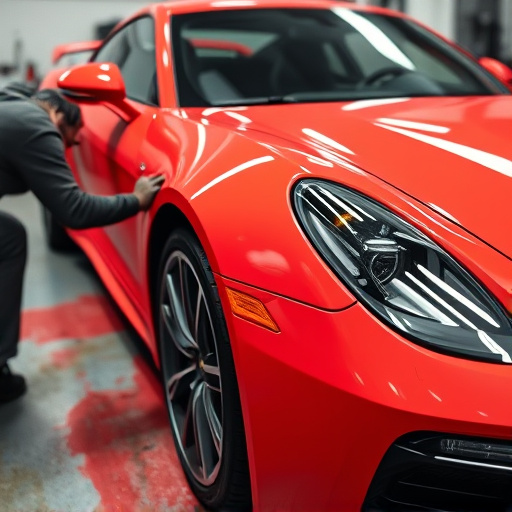
In the realm of automotive restoration, enhancing repair craftsmanship quality is a multifaceted endeavor. One key strategy involves adopting advanced training programs for technicians, ensuring they stay abreast of industry trends and best practices. This includes mastering intricate techniques specific to car dent repair, as well as staying updated on the latest tools and technologies available in Mercedes Benz repair workshops. Continuous learning fosters precision and attention to detail, translating into superior structural and cosmetic outcomes.
Additionally, implementing standardized repair procedures and utilizing high-quality materials are paramount. Standardization ensures consistency across repairs, while top-tier materials guarantee longevity and aesthetics. Quality control measures, such as pre- and post-repair inspections, also play a vital role in identifying potential issues early on. These strategies collectively contribute to the overall excellence of automotive restoration, ensuring that vehicles not only look their best but also perform optimally.
In conclusion, distinguishing between structural and cosmetic collision repairs is pivotal in ensuring optimal repair craftsmanship quality. By understanding the nuances of each category, implementing rigorous measurement and assessment practices, and adopting innovative strategies, automotive professionals can deliver superior results. This not only enhances customer satisfaction but also safeguards the integrity and value of vehicles across both types of repairs.
